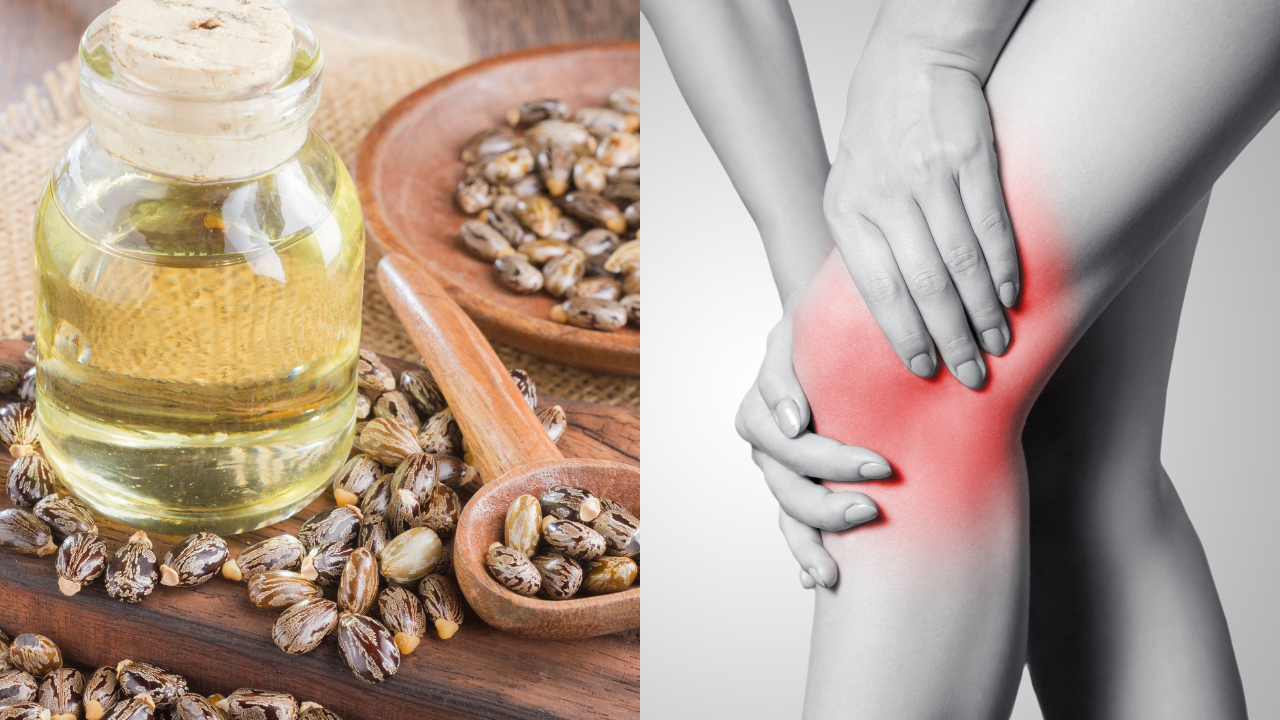Can Ricinoleic Acid in Castor Oil Help Reduce Arthritis Pain and Inflammation?

SummaryCastor oil, rich in ricinoleic acid, may offer natural relief for arthritis symptoms like joint pain and inflammation. Though evidence in humans is limited, traditional use and early studies suggest it could be a gentle, supportive home remedy.
End of Article
